ماژول گیرنده و فرستنده رادیویی NRF24L01
۶۰,۰۰۰ تومان
موجود در انبار
NRF24L01 is a single-chip radio transceiver that uses the 2.4 – 2.5 GHz ISM band world-wide.
Transceiver means the same module can be used as a transmitter or receiver. Power consumption of the module is very low, only 9.0mA at an output power of -6dBm and 12.3mA in RX mode which is even less than a LED.
Its maximum range is up to 100 meters if used in an open space with an antenna.
Application
• Wireless mouse, keyboard, joystick
• Keyless entry
• Wireless data communication
• Surveillance
• Alarm and security systems
• Home automation
• Automotive
• Telemetry
• Intelligent sports equipment
• Industrial sensors
• Toys
NRF24L01 pinout and specifications are given below.
NOTE: Don’t connect the VCC pin directly to the 5V pin of Arduino. Use a 3.3 V regulator.
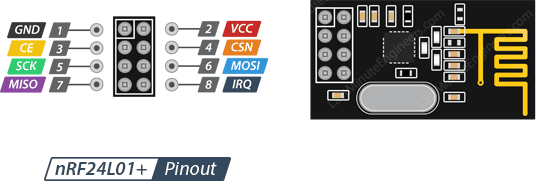 PINOUT
PINOUT
GND is the ground pin. It is marked with a square to identify it from the other pins.
VCC supplies power to the module. It can be anywhere from 1.9 to 3.9 volts. You can connect it to the 3.3V output from your Arduino.
Remember that connecting this to the 5V pin will probably destroy your nRF24L01+ module!
CE (Chip Enable) is an active-high pin. When selected, the nRF24L01 will either transmit or receive, depending on which mode it is currently in.
CSN (Chip Select Not) is an active-low pin and is normally kept HIGH. When this pin goes low, the nRF24L01 starts listening on its SPI port for data and processes it accordingly.
SCK (Serial Clock) accepts clock pulses provided by the SPI bus master.
MOSI (Master Out Slave In) is the SPI input to the nRF24L01.
MISO (Master In Slave Out) is the SPI output from the nRF24L01.
IRQ is an interrupt pin that can alert the master when new data is available to process.
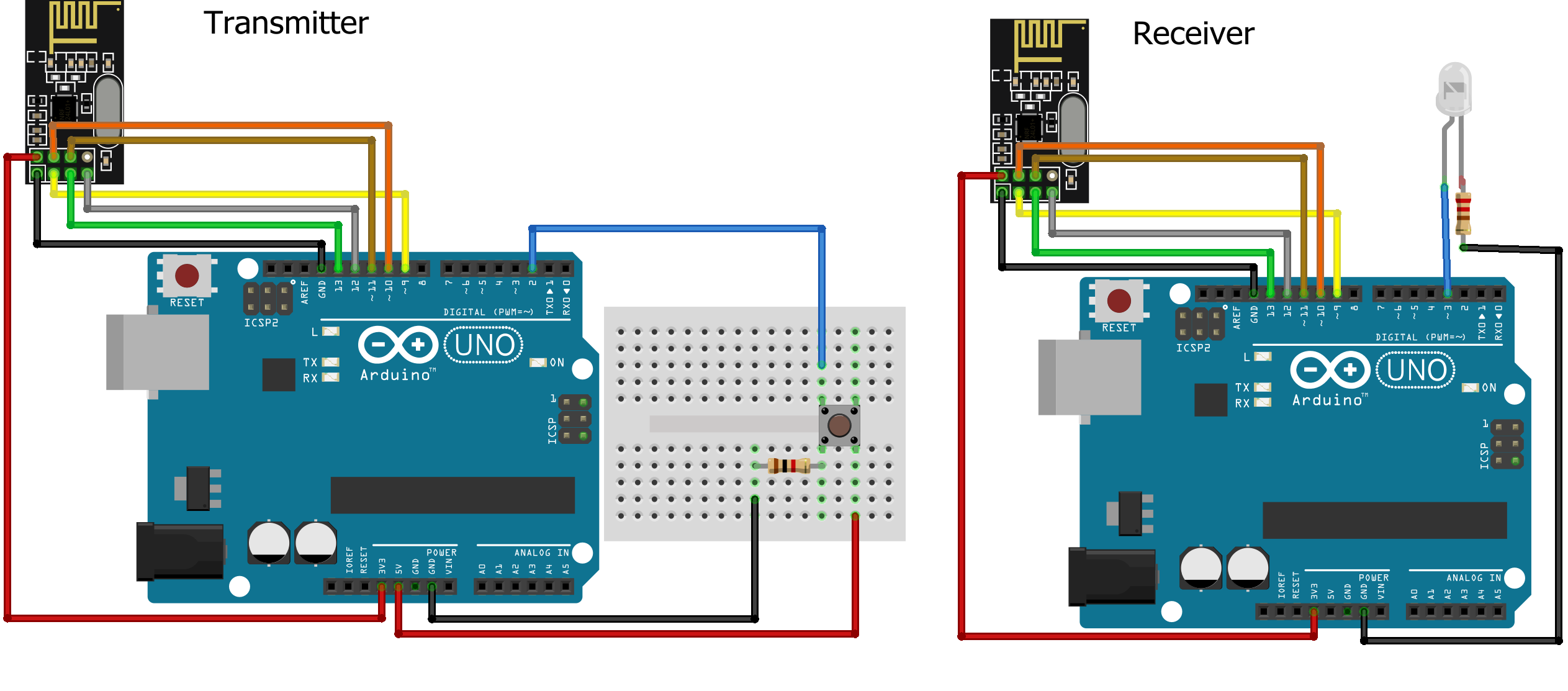


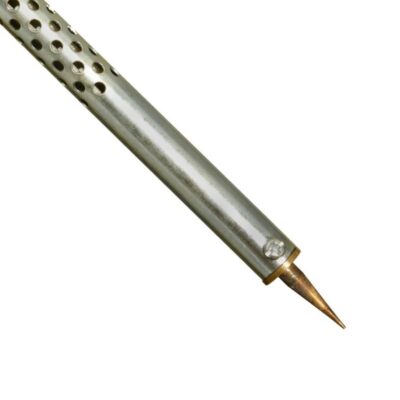
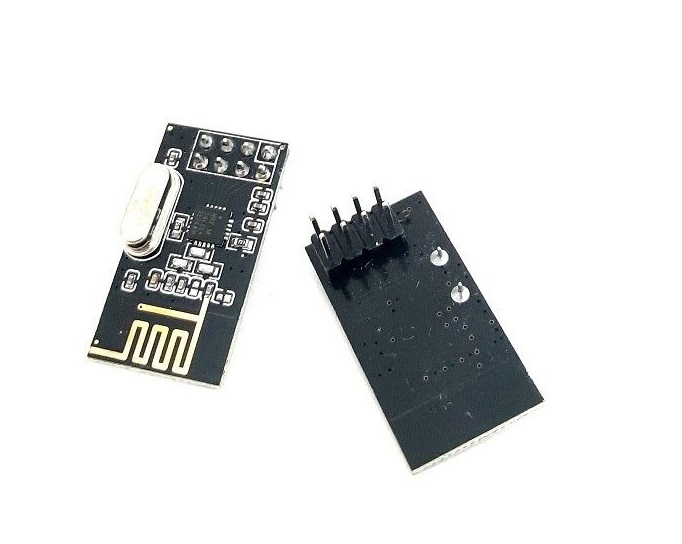
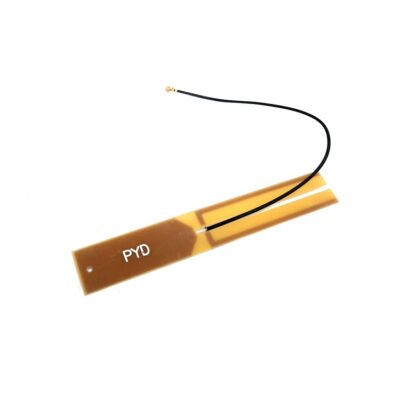



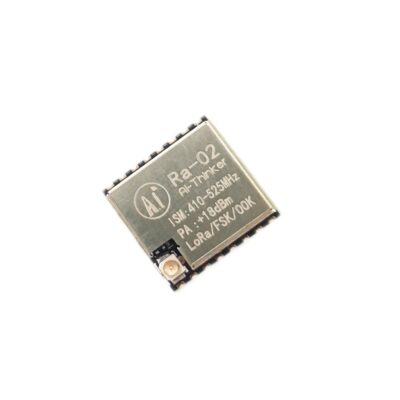



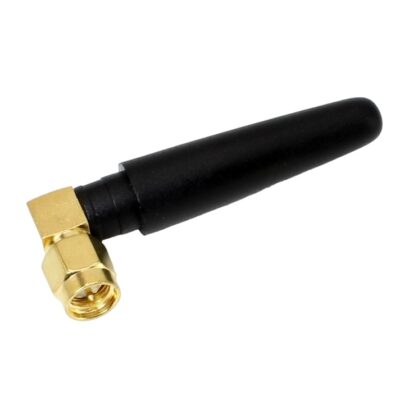
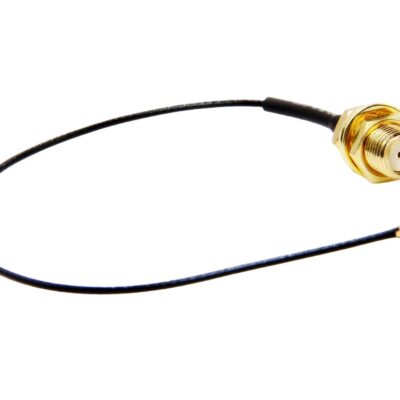

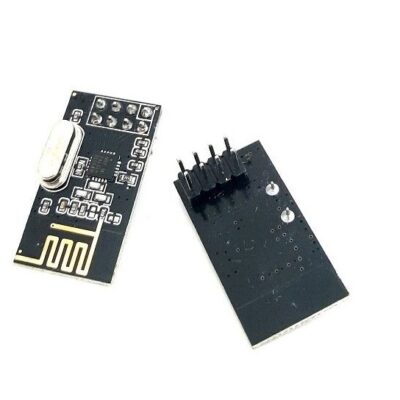
دیدگاهها
هیچ دیدگاهی برای این محصول نوشته نشده است.